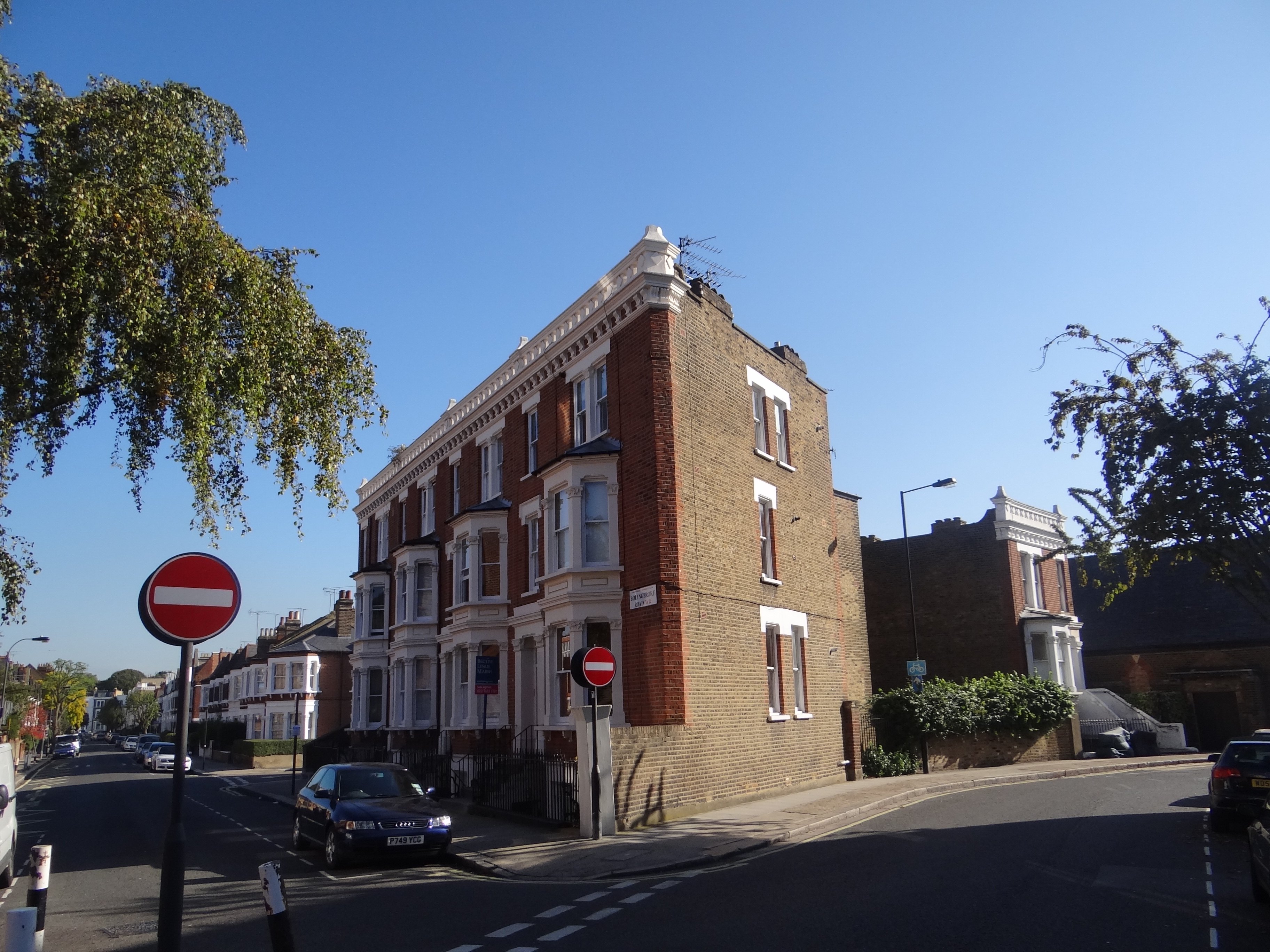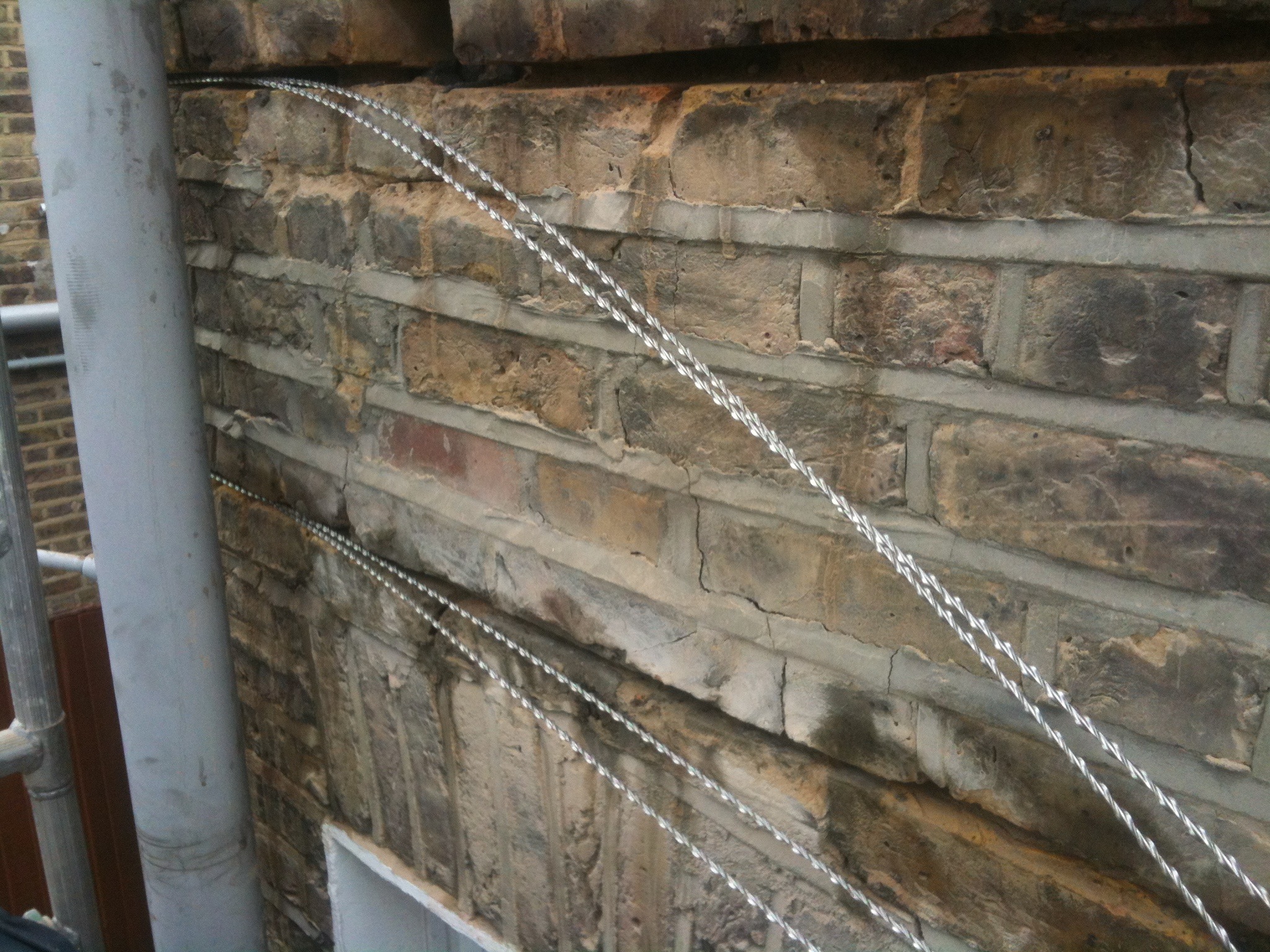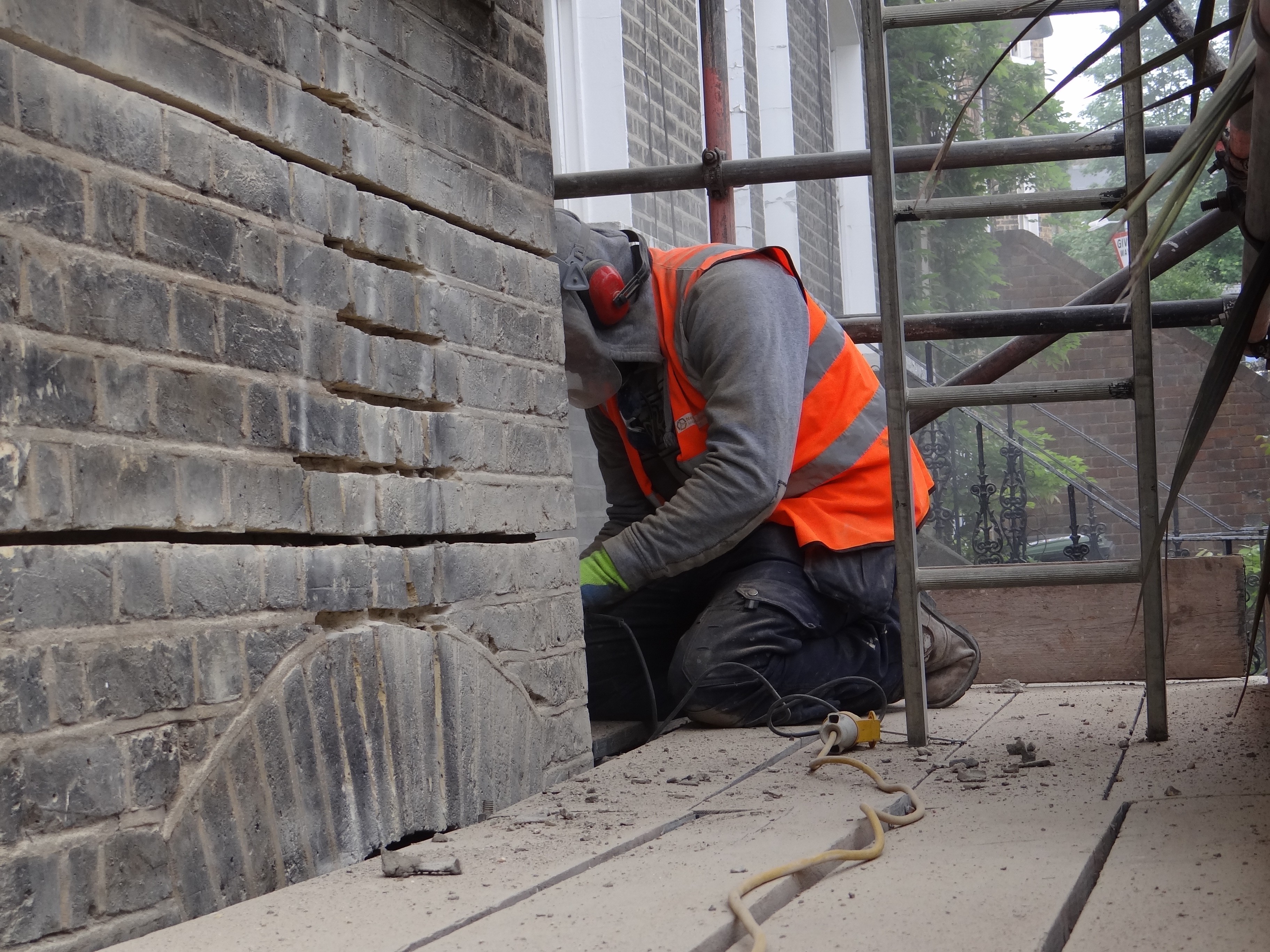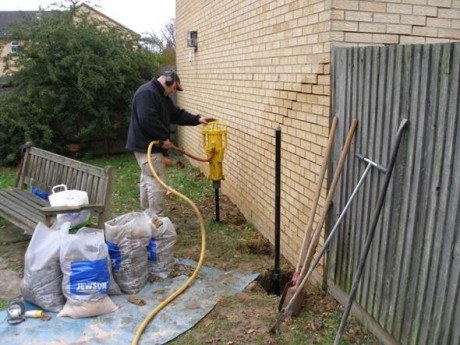Residential Victorian Properties Part 1
Residential Victorian Properties and how they were constructed.
The style of Victorian properties varies across the country and the main focus of this article is those properties built in the South East and London.
The general era defined by the Victorian period of rule is of 1830’s to early 1900’s and it was an era that changed the face of Britain’s house building. With the industrial revolution introducing innovative techniques and rapid economic growth leading to a boom in domestic, commercial and industrial property building.
The Victorian era of house building led the revival of many previously popular styles of architecture and incorporated these styles that define the Victorian era. Houses were a sign of status and the more wealthy the owner the more elaborate the property, incorporating elegant fascia boards and dog teeth brickwork and high brick built chimneys and large bay windows.
The exterior of the property was usually built using solid wall construction using yellow stock bricks laid in a 1 sand and 1 lime mortar mix in a Flemish bond. Flemish bond is a strong bond but the typical mortar mix used is a fairly weak mix with a high permeability to moisture absorption. There is a benefit in using a fairly weak mix with lime in the mix as this allows the structure to withstand a fair amount of structural movement which is why movement joints aren’t found amongst period properties and often aren’t required. The cause for a large proportion of external cracking within the exterior of period properties is caused by common factors such as lintel failure, outward movement causing lateral instability and ground movement causing subsidence and heave.
Internally the structure is commonly found to have 9 inch solid brickwork for load bearing masonry partition walls and lathe and plaster separating walls both of which are strong and allow some amount of structural movement. Ceilings are often very high and found with intricate internal plasterwork, decorative mouldings and joinery.
The Victorians also installed large timber sash windows that are often load bearing and upon replacement, with non-load bearing uPVC windows, causing lintel failure. The elaborate brick arch lintels often fail upon removal of the timber windows and doors as they are often left unsupported, allowing them to sag causing the brick work and mortar to crack in a common stepped cracking. With stair cases usually running parallel to the external flank and gable walls Newman’s usually find that there are no ties from the external wall into the floor joists or stair case. This allows the flank or gable wall to act freely leaving a lateral instability but with the skill and knowledge our surveyors have we are able to restrain this movement using the innovative Twistfix helical bar creating masonry beams combined with Twistfix lateral restraint ties.
Victorian foundations differ dramatically from Modern structures that are usually built on large foundations typically on concrete ground beams or reinforced slabs and commercial and industrial buildings being built on piled rafts. The Victorians often didn’t use this method of construction for foundations and instead used to build shallow footings out of a course of 5-6 bricks in a ‘pyramid’ shape spreading the load across the ground and in some cases the footings are no more than 200mm’s deep. Many of these Victorian buildings have stood the test of time and we are often asked “with such shallow foundations, why hasn’t my house fallen down yet?” There is no simple answer to this but the loads from a house typically weighing around 100 tonnes doesn’t actually impose huge forces to the ground as the weight is distributed evenly across the structure and the ground.
The problems with the shallow foundations arise due to the shrinkage and heave of the clay soils that are found across London and the South East. Subsidence is a major issue within the South East of England as clay is prone to subsidence which is the shrinkage of the soil and the not so common heave which is the swelling of the soil. This structural defect is usually dealt with by your insurance company of which Newman’s are highly regarded for as a skilled contractor offering piling underpinning and superstructure repairs for a network of insurance companies.
If you are thinking of purchasing or renovating a Victorian property we are able to help with our range of surveys and structural repairs, there isn’t much we haven’t seen or designed and installed repair programmes for so be sure to visit us and get in contact for a consultation.
Be sure to read our new articles coming soon.



